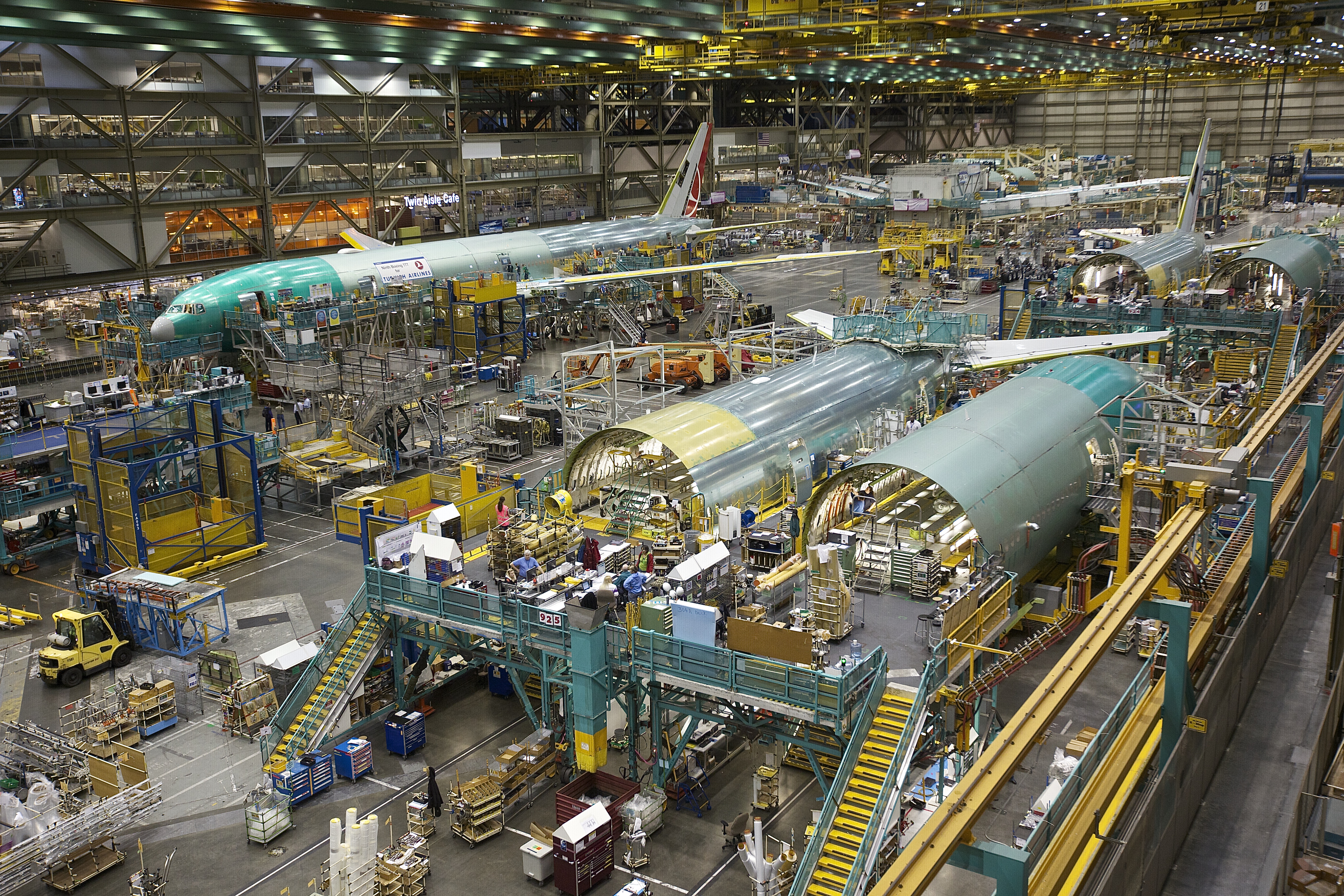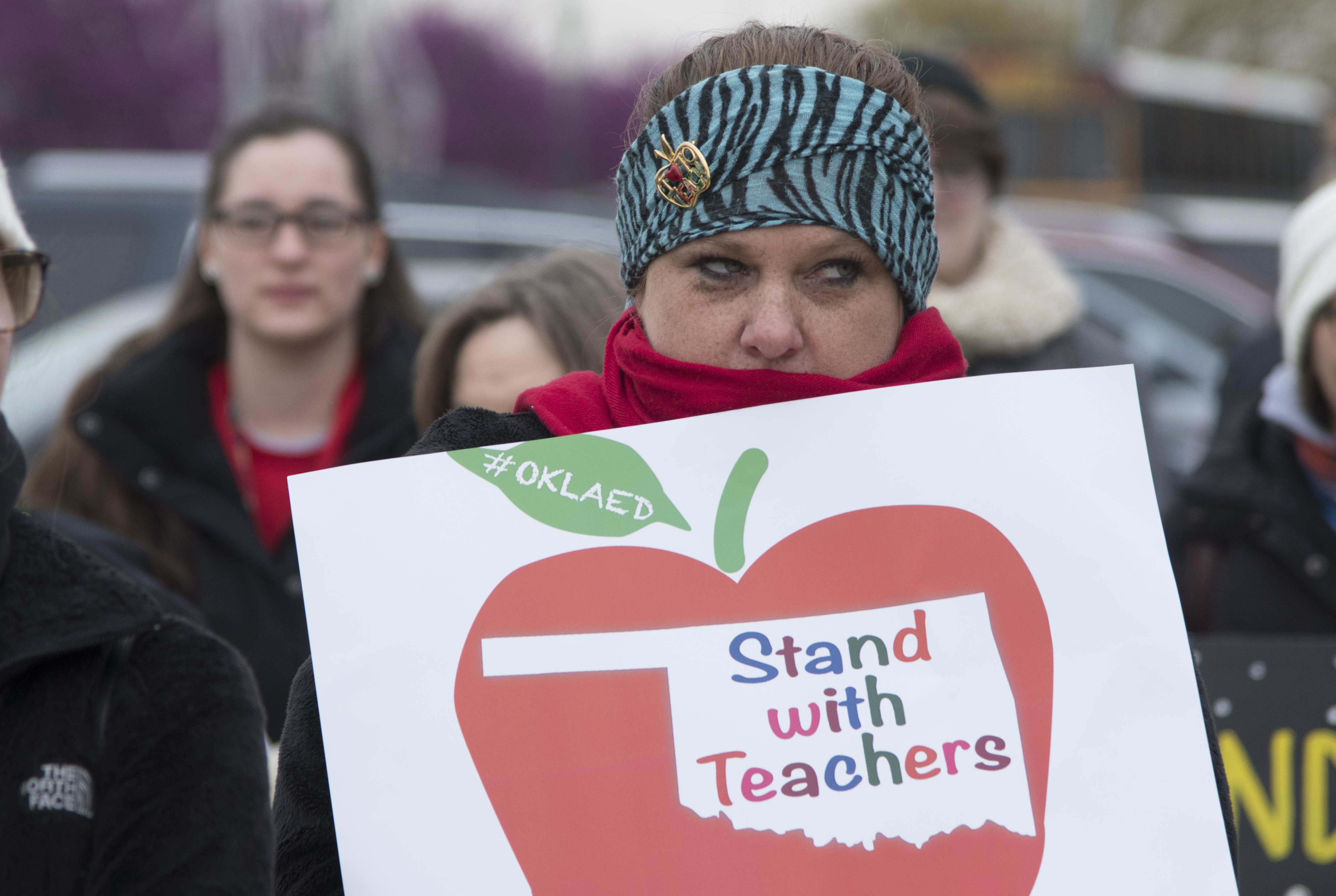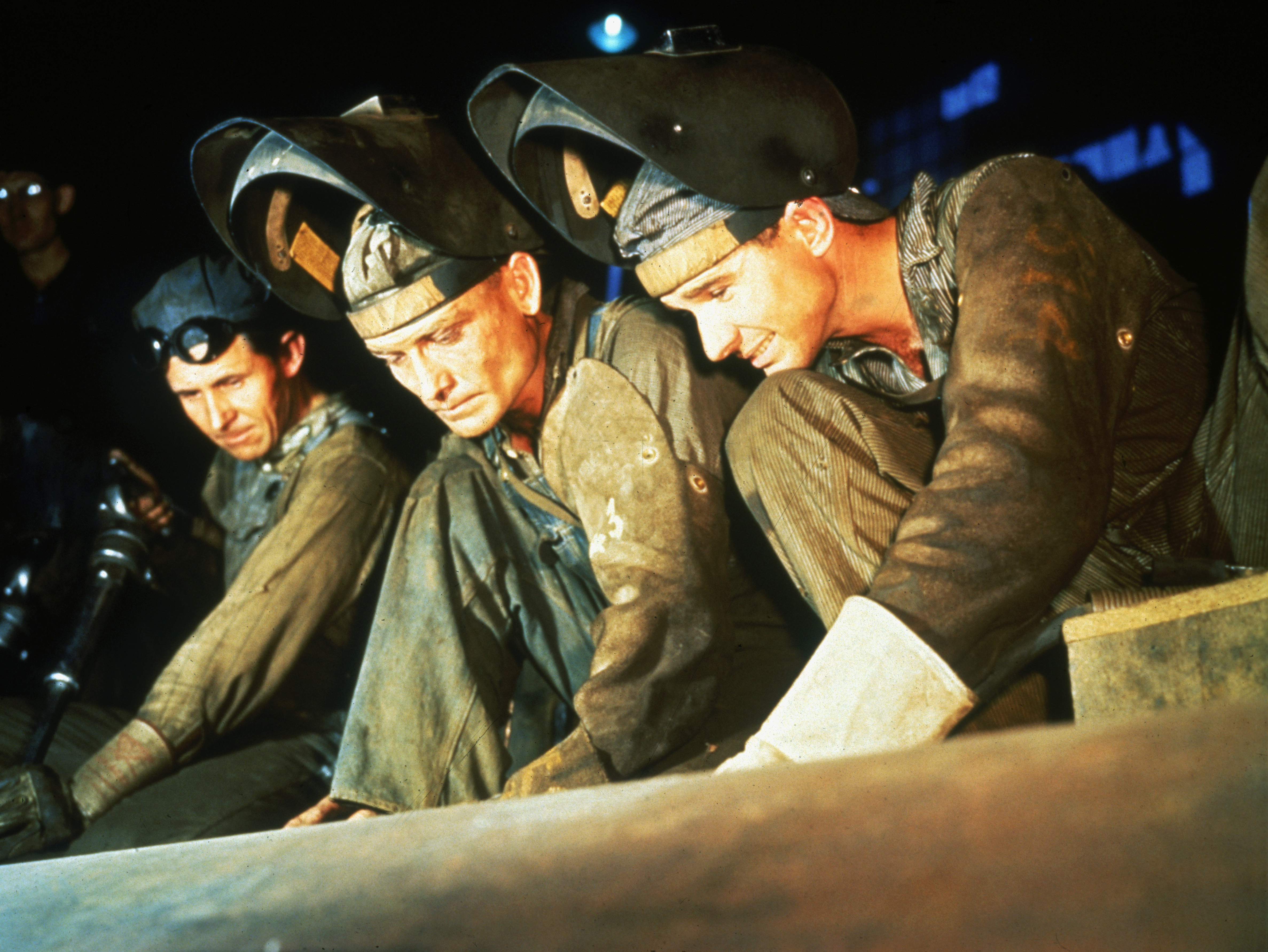In many ways, the state of work has stalled in the United States, from stagnating wages to right-to-work legislation. But 2018 has also been a year of growth and change for the American worker, as the country finds new ways to earn and organize: the rise of non-traditional labor organizing groups, a legacy of resistance in prison strikes, and the dawn of driverless tech, among other developments.
On this Labor Day, you don’t need to work—but you can read about it. Here are some recent highlights from our coverage of labor issues.

Can the Alt-Labor Movement Improve Conditions for American Workers?
Since 2012, the Fight for $15 movement has won a series of prominent victories, even as traditional unions in the private sector continue to bleed members. As membership in traditional unions has fallen, “alt-labor” groups have grown dramatically in both number and influence, seeking to fill in the gaps. Pacific Standard sat down with Janice Fine, a professor at Rutgers University, for a primer on the new kind of labor organization aiming to improve workers’ lives.
A Tale of Two Boeing Factories

Boeing workers in Washington State have been unionized for decades; their counterparts in South Carolina recently voted out the union in a landslide. Pacific Standard compared conditions in both workplaces a year after South Carolina’s historic vote. Did keeping the union out help retain jobs in South Carolina, as many had hoped? Or do their Washington counterparts enjoy better work conditions?
Are the Teamsters Trying to Kill Driverless Tech, or Save the Truck Drivers?
The answer: perhaps both. Major pushback over self-driving vehicles has come from union representatives, who have lobbied for more deliberation, fewer changes to the current vehicular regulations, and, ultimately, slower adoption of self-driving vehicles. Their 1.4-million-member union includes 600,000 people whose jobs take place behind a wheel. Here, the Teamsters weigh in.
A Look at the Education Labor Movements Emerging Across the Country

The biggest education story of 2018 has been one of mobilized labor. Since late February, thousands of teachers and other school employees have organized strikes and protests in West Virginia, Oklahoma, Kentucky, Colorado, and Arizona—all states that pay teachers at least $7,000 less than the national average salary of $59,660. Here, Pacific Standard breaks down that discontent as it is playing out in each state.
‘Modern Slavery’: The Labor History Behind the New Nationwide Prison Strike
Prisoners across the U.S. are currently striking to protest poor living conditions and exploitative labor practices, which include paying imprisoned workers as little as $1 an hour—a form of what protesters are calling “modern slavery.” A labor historian explains how these demands are tied to a long legacy of involuntary servitude in America, from the Thirteenth Amendment to a burgeoning prisoners’ rights movement.
How to Give American Workers Fair Wages

For the last 40 years, the typical American worker has seen real wages virtually stall. This persistent wage stagnation has puzzled economists and enraged working-class Americans—and it has been cited as a contributing factor in Donald Trump’s surprise victory in 2016. Now, proposals from the Hamilton Project at the Brookings Institution suggest it’s time for labor laws and institutions to change.
Is the Gig Economy Growing or Shrinking?
A new Bureau of Labor Statistics survey shows that the percentage of Americans employed in most types of alternative work arrangements has actually declined since 2005. But that report only tells half the story; the results of the survey run counter to a growing body of recent research that’s actually found evidence suggesting an uptick in this kind of employment.
What Workers Gain at Worker Centers
As traditional unions have hemorrhaged members and power around the country, worker centers have popped up all over to fill the void. When researchers first started tracking worker centers back in 1992, there were only five of them. Today, there are over 260. What does this success mean for the American worker?



